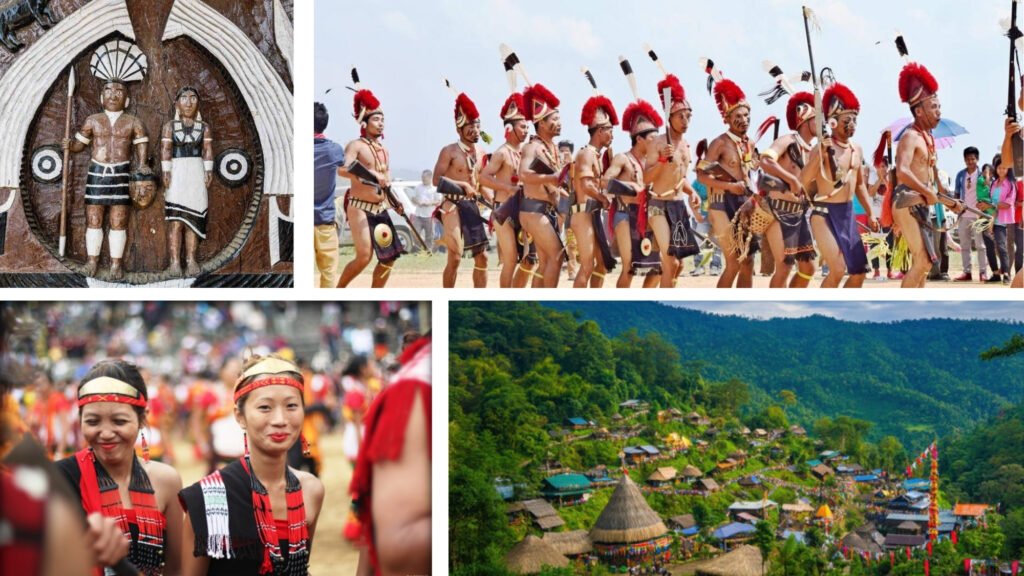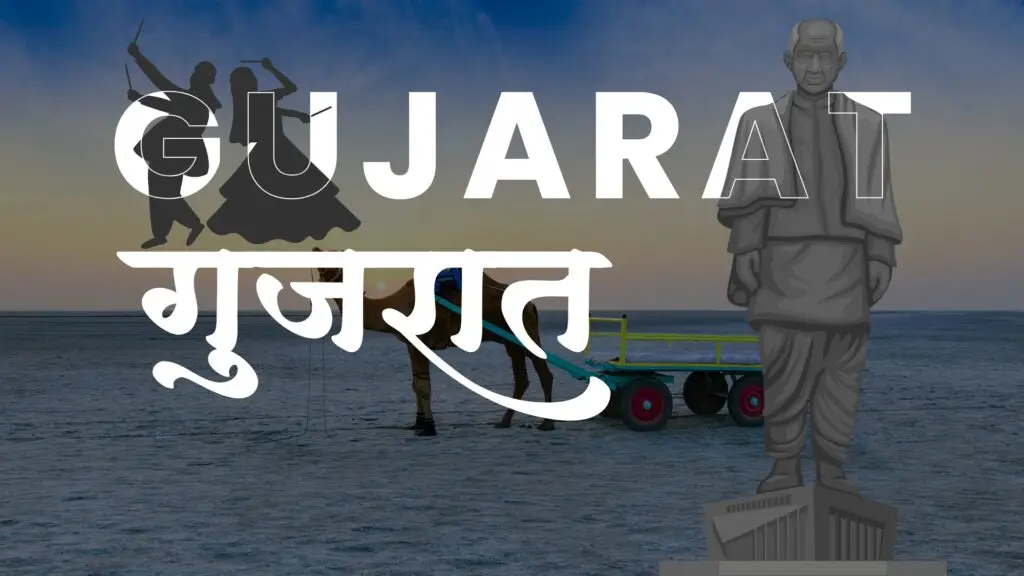People of Nagaland seldom make the first discovery, located high up in the remote and rugged hills of India far northeast, Nagaland is the land of mystique, tradition, and profound beauty. It is a place where time moves almost inside and where each of its 17 major tribes has a different culture and where the rhythm of the traditional drums are beating out in the mists covered valleys. Nagaland is a whole different world full of old warrior culture and fierce proud identity that has spanned centuries of change.
Nagaland is more than a physical territory, it is a journey that has crossed borders and has expounded on cultures, magnificent nature, and a strong personality. Let us travel through the heart of this amazing state that is full of interesting history, traditions and its process of dynamic and peaceful future.

Nagaland’s Enduring History
History of Nagaland is an interesting account of mighty clans of people and their fight to be recognized and given independence. Prior to coming of the British, the Naga tribes existed in autonomous and self-governing village set ups, with their own customs and traditions and were often involved in inter tribal conflicts and had warrior culture.
- British Influence: The Brits came in the 19 th century and a very long battle of resistance began and it was quite intense at times. Naga tribes were the people who were not easy to be suppressed and were known to be very courageous. The British never succeeded in asserting their authority over the entire Naga Hills, and the native tribal type of administration remained functional.
- Post-Independence & Insurgency: Nagas did not want to become a part of the Indian Union and since independence in 1947 they have been engaged in a long-standing insurgency to receive separate state. The government of India had finally accepted that the Nagas were a distinct people and their needs must be considered which resulted in the state Nagaland being created on the 1st of December, 1963.
- Quest of Peace: Whereas turbulence of the insurgency has subsided to a great extent, nothing has been heard of everlasting resolution politically such as the long-lasting peace accord, which is part of the modern day history of Nagaland. The common history of resistance and survival has been the source of strong Naga identity.
Nagaland’s Rich Traditions
Nagaland has a diverse culture with seventeen predominant tribes consisting of Angami, Ao, Chakhesang, Konyak, Lotha (Tribe) and many others. There are huge differences in dialect, clothing, cuisine and feasts so every tribe is different, a fact that makes Nagaland a very diverse state.
- Festivals: Nothing is better than experiencing the culture of the state through its festivals. The Hornbill Festival celebrated annually in the Kisama Heritage Village in December is an extravagant event when all the major tribes get together to exhibit their distinctive dance forms, musical instruments, food and arts and crafts. It is a spectacular Festival of Festivals that is visited by people all over the world. Other important tribal festivals include Sekrenyi (Angami), Moatsu Mong and Tokhu Emong (Lotha), which are celebrated with traditional songs, dances and feasts.
- Arts and Crafts: Nagaland has some amazing handicrafts and these are a part of their everyday life.
- Weaving: Each tribe has a unique pattern and color combination for its shawls (e.g., the Angami shawl or Ao Naga shawl). These scarves are not only found related to clothing but also used as identity markers, status symbol and heritage.
- Wood Carving: Wood carving Wood states Skilled wood carvers, the Naga craftsmen produce beautiful pieces of masks, ceremonial objects and ornaments.
- Bamboo and Cane Work: After natural forests were depleted, bamboo and cane provided a source of material in making beautiful baskets, furniture and traditional drinking mugs.
- Jewelry: Naga Jewel is unique and in most cases quite elaborate and traditional, with beads, shell, ivory and metal which are used to make in-depth jewel pieces.
- Music & Dance: Folk dances are colorful and rhythmic and it is sometimes accompanied by drums, flutes and other traditional instruments. The songs usually composed of stories of courage, harvesting and romance are sung in chorus and are raw and strong.
Nagaland’s Geography and Environment
Nagaland is a beautiful land of nature that is conquered by the Naga Hills that steep out of Assam plains.
- Hilly Terrain: The state is hilly and mountains such as Mount Saramati which is the tallest in the state provides beautiful panoramic scenes. Its topography is characterized by deep valleys, dense forests and sinuous rivers.
- Biodiversity: Nagaland is biodiversity hotspot and a rich diversity of flora and fauna are found here. It has thick evergreen forests that are an exquisite source of vegetal life which is replete with rare medicinal plants and a huge quantity of orchids. The state animal is the Mithun (a semi-domesticated gaur), and the state bird is the Blyth’s Tragopan, a beautiful and rare pheasant.
- Dzukou Valley: An beautiful valley enclosed by Nagaland and Manipur, which is popular because of its offerings of seasonal flowers, lush green meadows and climatic conditions and it has been a favorite of trekkers all over India.
However, the distinct eco system evidenced by the state, is not an exception either. Deforestation due to traditional jhum (slash-and-burn) cultivation and commercial logging is a major concern. The government and other local authorities are trying to discourage unsustainable forms of farming and establish areas of conservation and educate people on the need to save its sensitive ecosystem.
From Traditional Farming to Modern Ventures
Since time in memorial, the Naga community had relied on agriculture as their major means of livelihood with jhum farming as the dominant system of doing things on the slopes.
- Agriculture: Rice is more of a staple food and jhum cultivation is still a popular trend. But it is increasingly shifting to permanent terrace agriculture particularly, in areas such as Kohima district controlled by the Angami, which is more sustainable. Others are maize, millet, fruit and vegetables.
- Horticulture: Nagaland holds vast scope in horticulture and its own distinct climate can afford to grow much desired produce like pineapple, passion fruit, kiwi and other citrus fruits.
- Industry & Crafts: Industry is small and it is centered on traditional handicrafts, handlooms and agro-based industry. The government is marketing these sectors to make them generate job opportunities.
- Tourism: This industry is fast developing and it is major running industry of the modern economy of the state. It gives employment to many others in the hospitality, transport, and local Physiques industry.
The remoteness and the poor infrastructure also affect the economic growth of Nagaland. Nevertheless, the state government is actively endeavouring in enhancing roads, air connectivity and digital infrastructures to tie to the rest of India and realise all its attested economic benefits.
Challenges and The Road Ahead
The state of Nagaland has some specific problems that are historical as well as developmental:
- Infrastructure: It has poor road connectivity, little air and rail transport and power supply problems particularly in far off locations.
- Insurgency & Peace: The status quo is peaceful yet long-hold political lifetime challenges need a lasting solution that would help make the region stable and prosperous.
- Economic Diversification: The extraordinary dependence on traditional agriculture should be changed to more modern and sustainable industrial sectors such as tourism, horticulture and small-scale sectors.
- Unemployment: Finding productive jobs to its young educated population that is capable and willing to work represents one of its tasks and quite a number of them are leaving to work in other areas within India.
- Environmental Protection: This is the process to balance developments made hence the increase in population against butting the fragile ecosystem in the state and managing deforestation.
But Nagaland is on a path towards a more prosperous future. The government is paying attention to:
- Connectivity: We invested heavily in road infrastructure, a new railway line as well as air connectivity so that the state can be accommodated with the rest of the country.
- Peace & Stability: The peace process to be continued and reconciliation process between various Naga groups.
- Skill Development: Training the young people on hospitality, IT, and other contemporary fields.
- Sustainable Development: Diversification in farming, eco tourism, and conserving the forests.
- Entrepreneurship: promotion of local business enterprise in agro businesses, crafts and tourism.
The Indomitable Spirit of Nagaland
Nagaland is a state that is best described as indefinable. It is the place of unbelievable contrasts-of ancient traditions of warriors and contemporary smartphones, non-violent gewghlars and colorful festivals. The spirit of the Naga people is so strong, their associations and attachment to land and the cultural heritage comes in handy to make Nagaland a unique and unforgettable destination. In the continued process of statehood, the state is still proving that across all distant reaches and in its most isolated areas, a strong sense of self, society, and strength can make a land of peace, beauty and endless opportunity.




